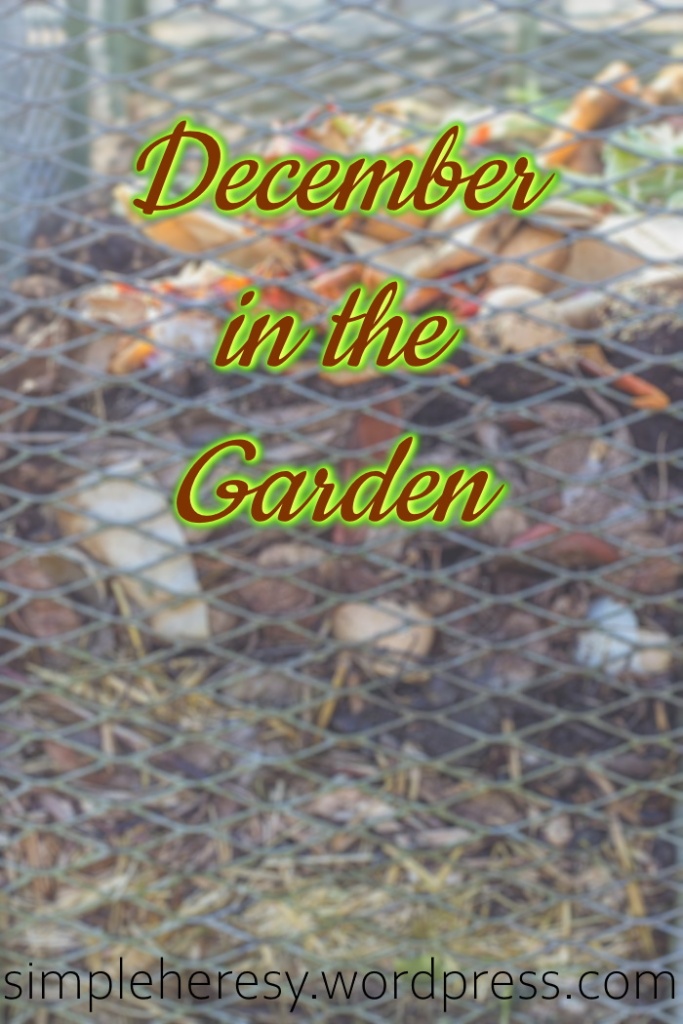Fall arrived about a month later than normal in the garden. The tomatoes produced until the week before thanksgiving and then a cold snap took the green ones.
A note on thanksgiving. The removal of the capital T is intentional. I cannot in good conscience continue to celebrate and give thanks for the genocide of the numerous Native tribes that so graciously cared for the first European immigrants. As a direct descendant of those Mayflower immigrants, I have nothing but respect and thanks for the Wampanoag, and all the members of all the tribes who continue to educate the torrent of “those who keep coming” to these lands. Genocide is never okay. I respect the Day of Mourning many Natives practice and find myself of two minds. I mourn the destruction of numerous varied cultures and individuals, and at the same time, I am thankful for the generosity of those who taught my ancestors to survive. It is this mix of feelings that makes me write about thanksgiving, a mournful holiday wherein I give thanks to those no longer with us.
The shift from zone 6 to zone 7 gave us some great pepper weather. We enjoyed Anaheim and sweet red bell peppers. The smaller peppers of years past had larger yields, however, and so we will plant those in the spring. Large tomatoes varieties did not do well so we will stick with cherry tomatoes for the foreseeable future.
The September planting of onions and garlic was successful. We nourish the plants and take only the greens as long as they will keep producing. The Alaska kale is well established and self-seeding now. We take only what we need and remove the cracked stalks of the oldest plants when they no longer produce new foliage.
Surprisingly, the no-till method is not easy. There is no weeding, but the grass makes it difficult for the vegetables to grow. This winter, the fallow beds are covered in cardboard until spring. We plant and apply a generous layer of ripe compost and (4-6″) of mulch in April.

The Kale can outgrow the grass, spilling out of the beds, but tomatoes are not so virulent. The peppers were stunted by a late cold front and fought the grass with little success. So far, the onions and garlic appear grass-tough but only time will tell. In early spring (March) we plan to cut the grass back, and mulch the onions/garlic, to help them get a head start.
Currently reading “Buffalo-Bird Woman’s Garden.” It is an oral history detailing life, conflict resolution and cultural norms learned in the garden alongside her mother-figures, aunts, and grandmother. A delightful read. Buffalo-Bird Woman was part of the Hidatsa tribe, whose lands are in the Dakotas. This book is especially interesting alongside “Land of the Burnt Thigh” which tells the autobiographical tale of Eastern-seaboard sister-homesteaders in South Dakota. The books make great companions.
Look for a garden planning post sometime in January, when the dreams of spring are especially poignant.
All the best to you and yours this Holiday Season.
